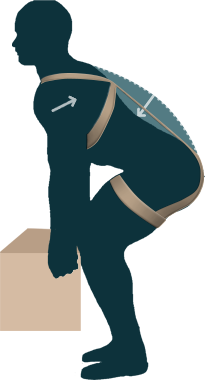



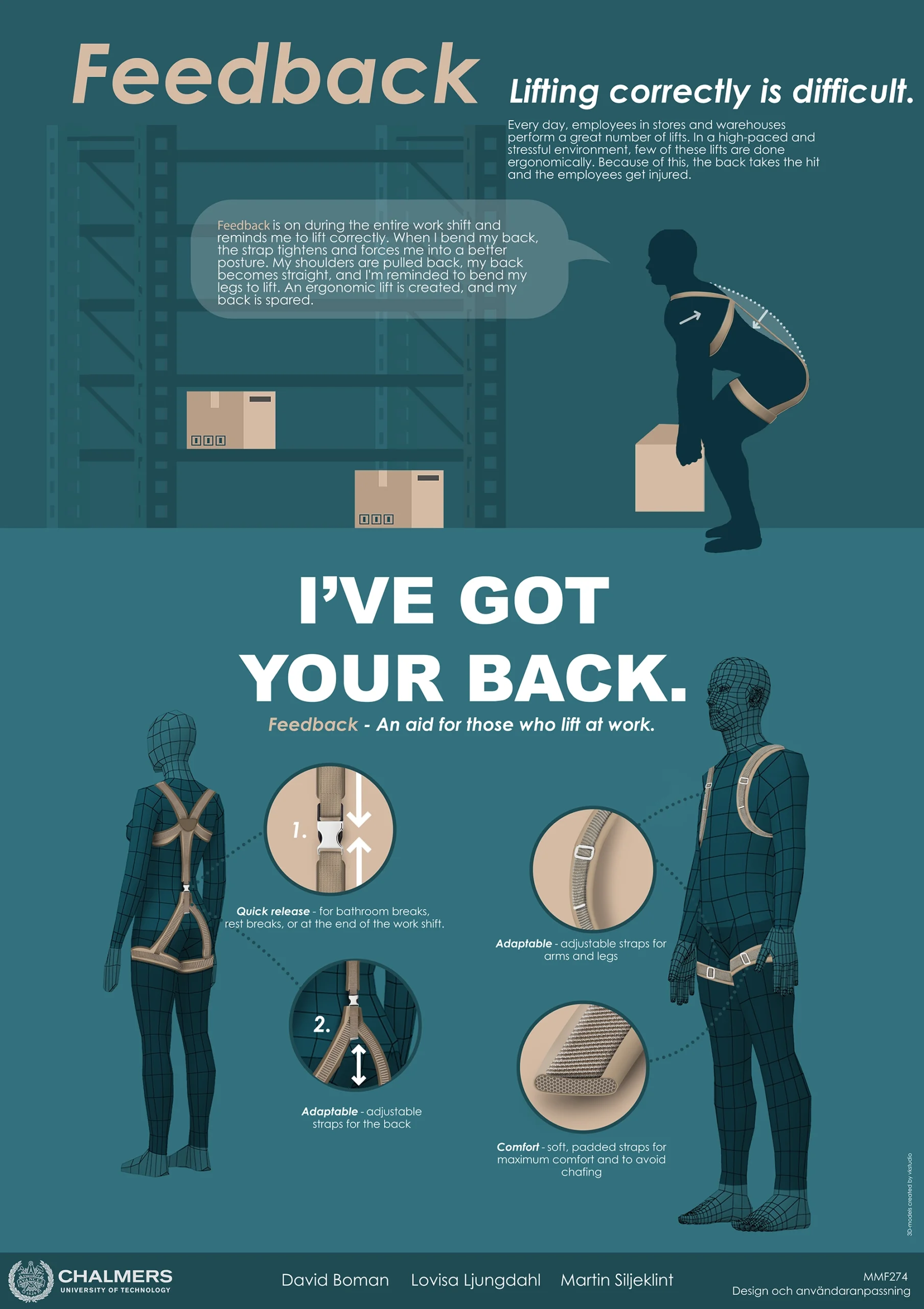
The majority of interviewees mentioned that they or their colleagues have experienced back pain in connection with their work. This is primarily due to the handling of boxes and goods, which requires physical labor in the form of lifting. On several occasions, the interviewees emphasized the importance of “lifting correctly,” referring to using the leg muscles instead of the back. However, further observations revealed that employees do not always lift in an ergonomically beneficial manner.
“It’s easy to forget about ergonomics because things need to move quickly, and there’s no time to think.”
“Every shift is like a workout.”
Employees often strain their arms and hands during product handling, risking unnatural wrist and finger positions that stress joints and may lead to discomfort or swelling. One interviewee described handling multiple apples at once, which strains fingers and wrists. Additionally, injuries occur from box cutters used to open packages, especially when not properly retracted, resulting in cuts on forearms. Employees also risk cuts when tearing open boxes with sharp cardboard edges. Despite these risks, injuries are often downplayed as part of the job.
Interviewees consistently highlighted stress and mental workload as common challenges in industries like retail, goods reception, and distribution. Work shifts are typically long with minimal breaks, amidst a noisy environment and frequent customer interactions, creating gradual mental strain. Time pressures and quotas are common, with employees often feeling stressed to meet deadlines. This demanding environment contributes to high stress levels, compounded by issues like delayed deliveries and understaffing.
“One has to be ready by a certain time, so it’s stressful.”
During the study, users expressed that the size and accessibility of the warehouse/store greatly impact the efficiency of package handling. A crowded warehouse with poor organization significantly reduces efficiency. Additionally, limited accessibility, such as rough floor surfaces or narrow corridors that hinder the use of tools like carts, further limits efficiency. This decreased efficiency not only results from poor accessibility but also contributes to situations where physical strain increases. For example, a user might find a particular tool inefficient and choose to increase their own physical workload as a result.
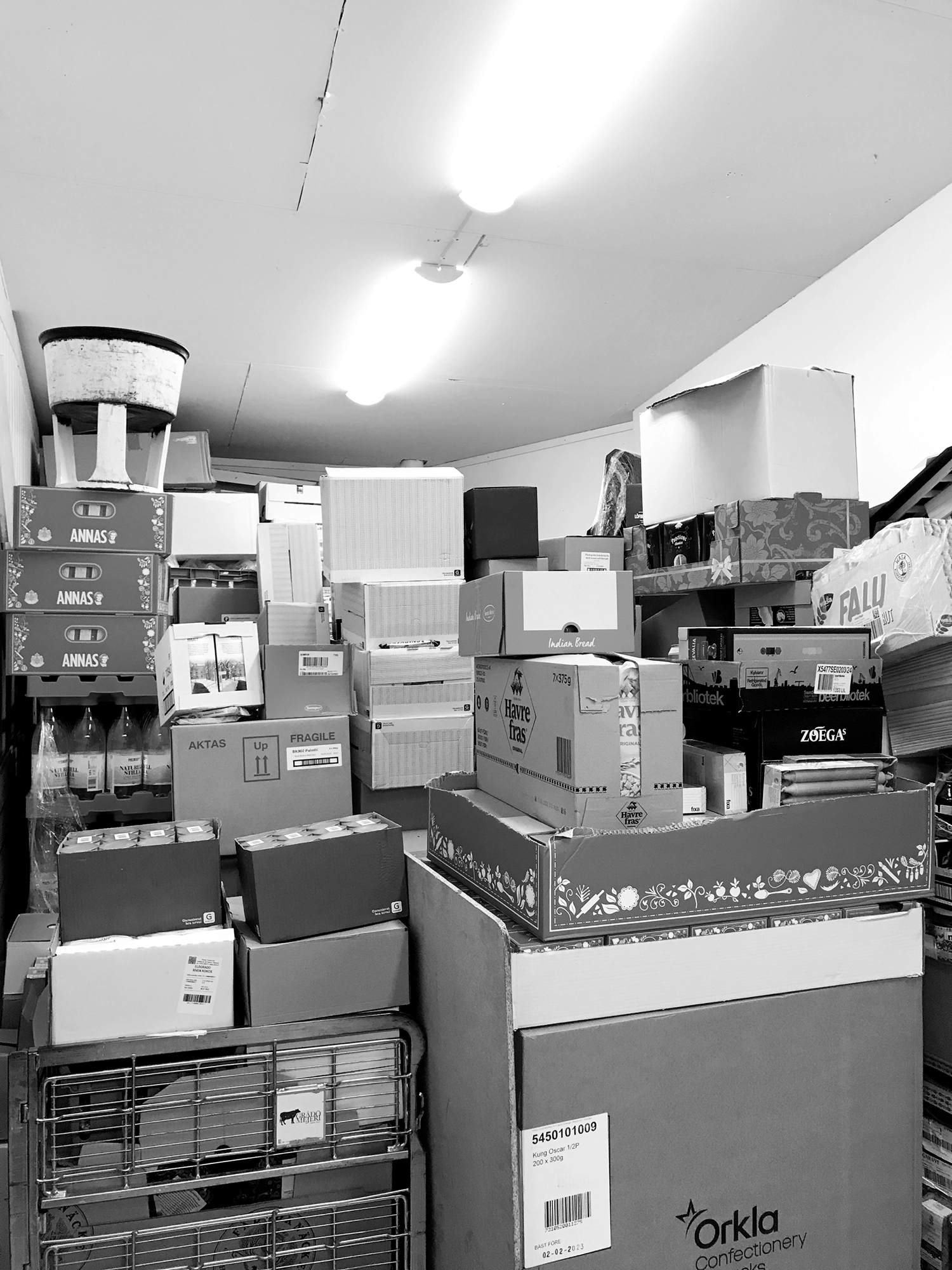
A KJ analysis was conducted to process qualitative data from interviews and observations. Each interview and observation was color-coded on Post-its in Mural. Relevant quotes and findings, including dissatisfaction and discomfort, were noted and organized.

Using the tree diagram, problems previously identified in the KJ analysis were broken down. This approach made the causes of the problems clearer, facilitating future requirements definition.
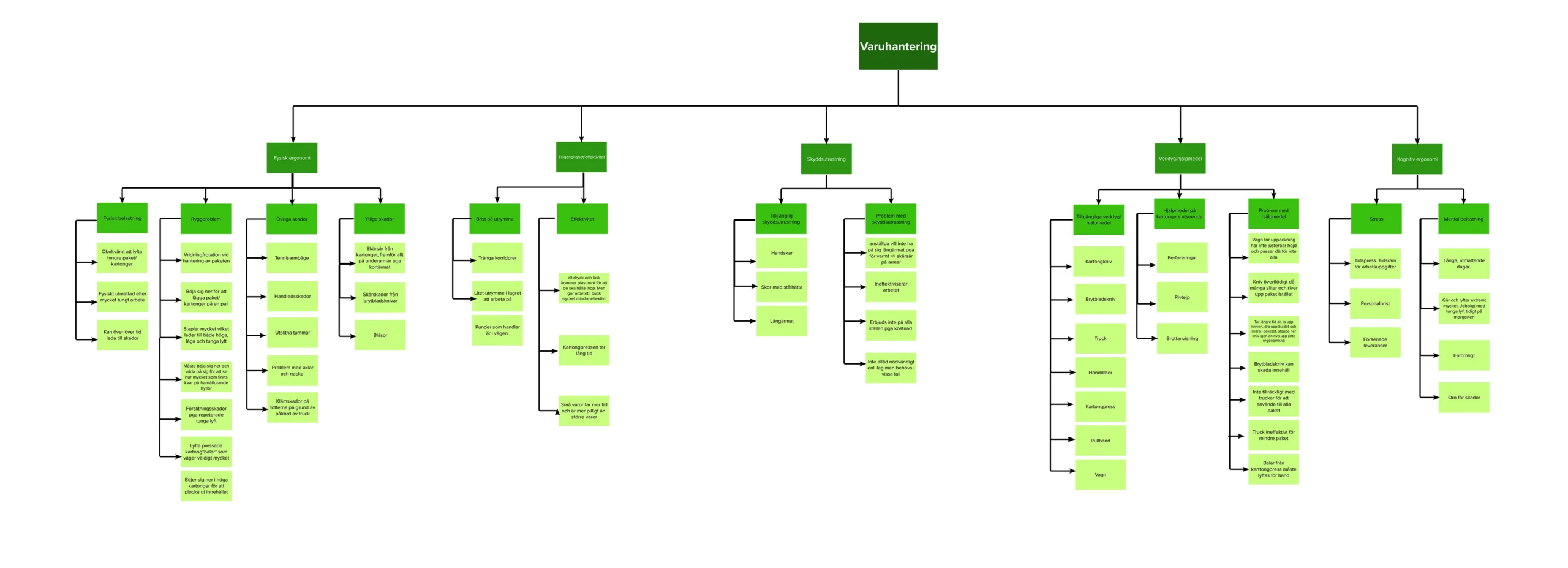
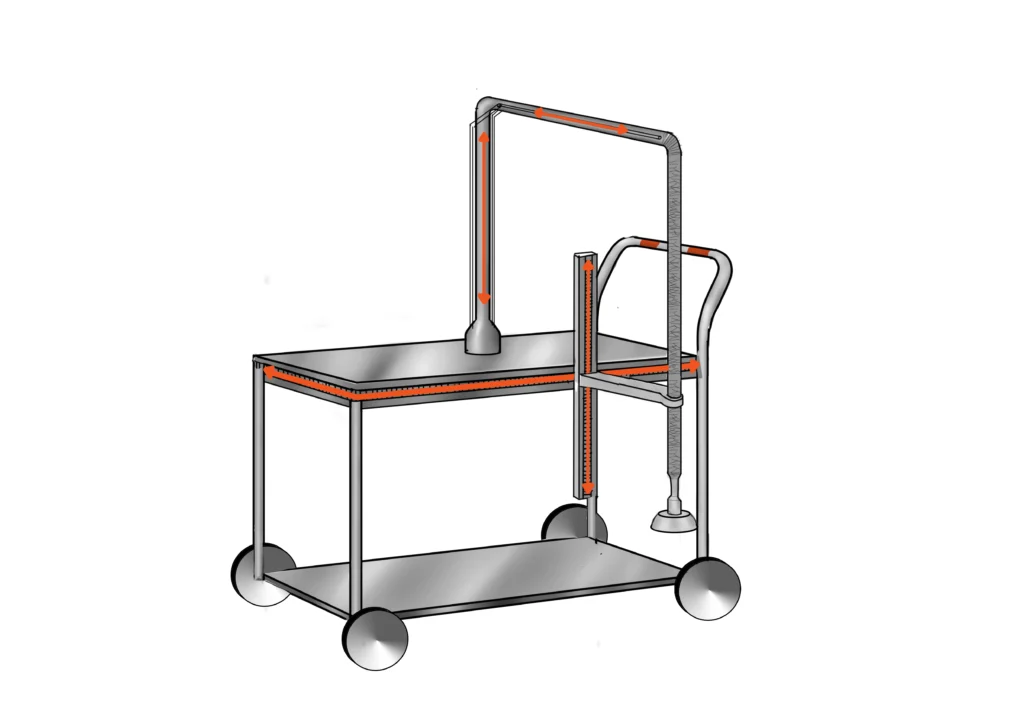
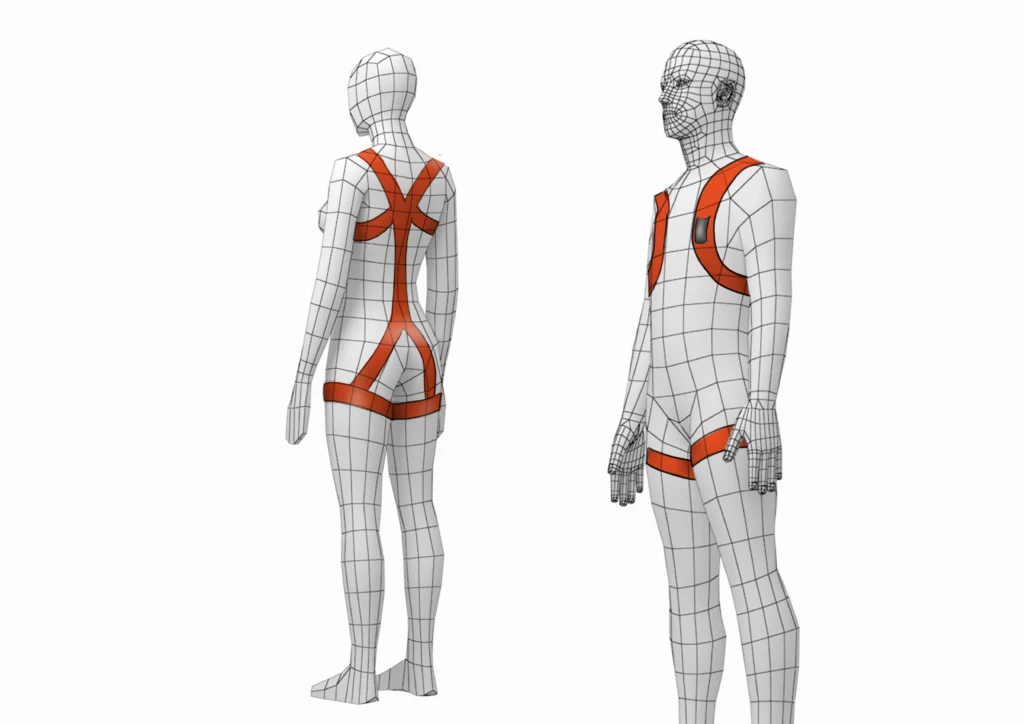
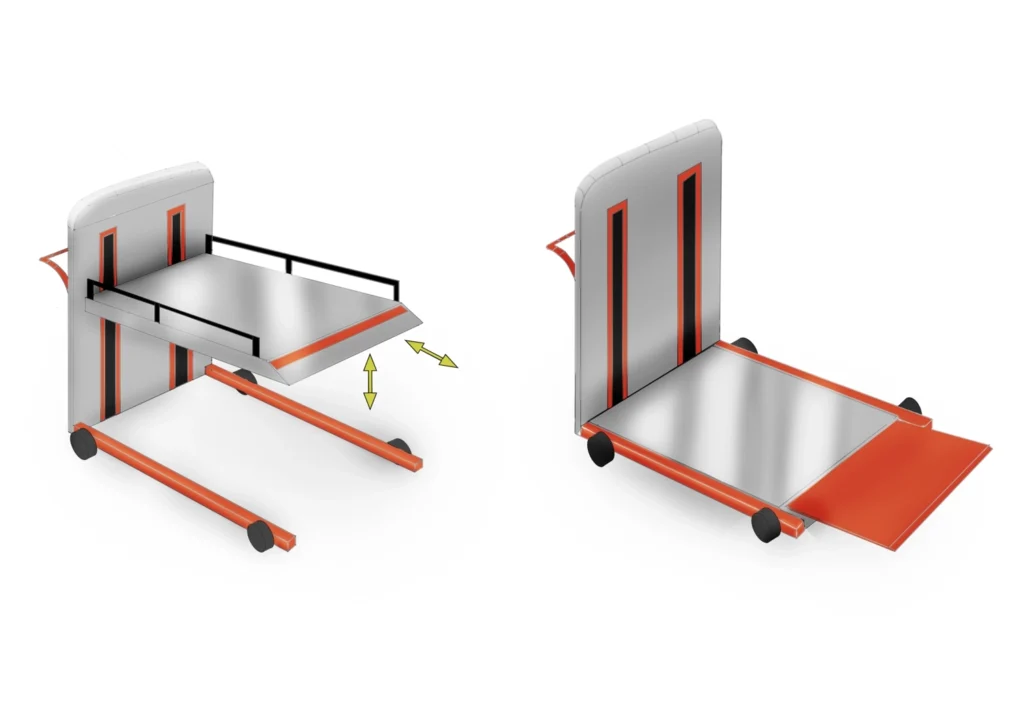
Through the use of pugh-matrices and evaluation with the target group concept 2 was chosen as the concept to further develop. Physical prototypes where made to determine ergonomics, materials, sizing and adjustability to allow a good accessibility. After evaluation the concept evolved into the final product; FeedBack.